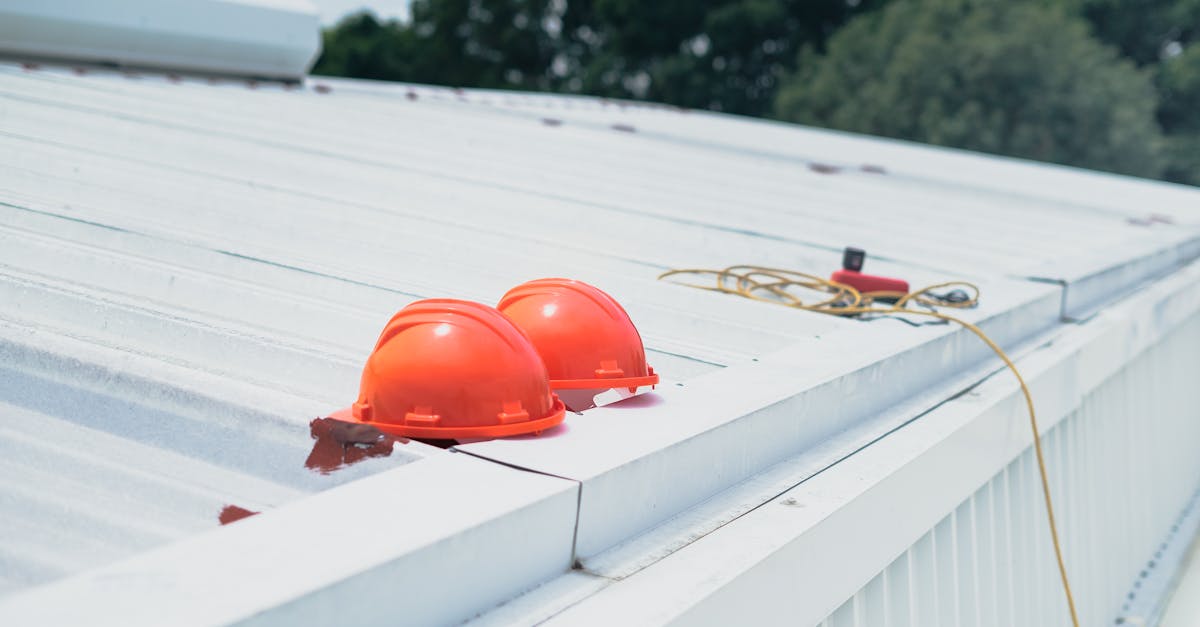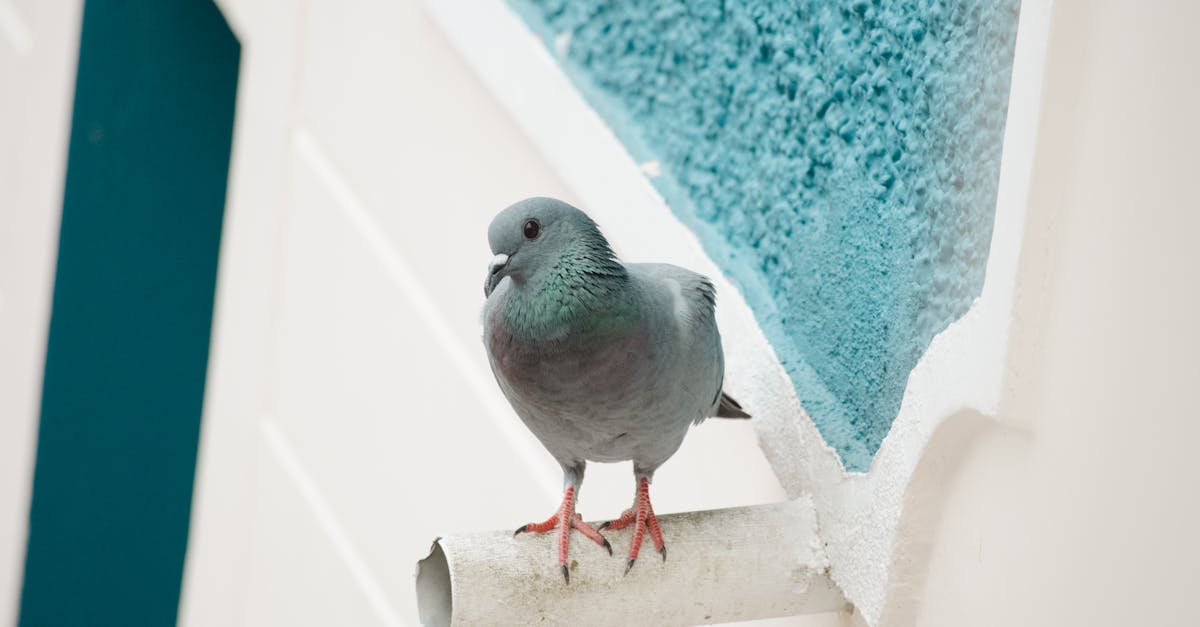
Installing Downspouts and Splash Blocks
One crucial aspect of replacing guttering is installing downspouts and splash blocks effectively. Downspouts are essential for directing water away from the building's foundation, preventing potential damage. These components must be securely attached to the new guttering system to ensure proper water drainage. Professionals offering services for "Gutter Replacement near me" emphasize the significance of correctly placing splash blocks at the end of downspouts to further divert water away from the foundation and landscaping.
Additionally, during the installation of downspouts and splash blocks, it is imperative to consider the overall aesthetic appeal of the property. While functionality is key, incorporating these elements in a visually pleasing manner can enhance the exterior of the house. Ensuring that downspouts are strategically positioned and splash blocks complement the landscape can contribute to a seamless and efficient guttering system.
Directing Water Flow Away from the Foundation
When directing the water flow away from the foundation after a gutter replacement near me, it is crucial to ensure that the downspouts are positioned strategically to carry the water away from the house. Downspouts should extend at least 5 feet away from the foundation to prevent water from pooling near the walls. Additionally, considering the installation of splash blocks at the ends of the downspouts can help disperse the water and minimize erosion around the foundation.
Properly channeling water away from the foundation is essential to prevent water damage and structural issues. If the grading around the house slopes towards the foundation, it can lead to water pooling and seeping into the basement or causing cracks in the walls. By redirecting the water flow with an effective guttering system, you can protect your home from potential water-related problems and maintain the integrity of the foundation for years to come.
Testing the New Guttering System
Once the new guttering system has been installed, it is crucial to thoroughly test its functionality to ensure proper water flow and drainage. Testing the new system involves checking for any leaks, improper connections, or clogs that could hinder its performance. This step is essential in guaranteeing that the guttering system is effectively diverting water away from the foundation of the property. For accurate testing, consider searching for "Gutter Replacement near me" to find experts who can assist in assessing the durability and efficiency of the newly installed gutters.
After ensuring that the guttering system is securely in place and free from any defects, the next step in testing involves direct observation of its functionality during a rainfall. By monitoring the water flow and drainage paths, homeowners can confirm that the gutters are effectively channeling water away from the property's foundation. Any signs of water pooling near the structure can signal potential issues that need to be addressed promptly. For expert opinion and assistance in inspecting the new guttering system, seeking guidance from professionals specializing in "Gutter Replacement near me" can provide valuable insights for maintaining a durable and efficient drainage solution.
Ensuring Proper Functionality
After installing your new guttering system, it is crucial to ensure that it functions properly to effectively divert rainwater away from your home. An essential step in guaranteeing the functionality of the gutters is to check for any leaks or clogs. A thorough inspection of all joints and connections should be carried out to address any potential issues. If you notice any problems, it is advisable to seek professional assistance by searching for "Gutter Replacement near me" to prevent further damage to your property and ensure the smooth operation of the system.
In addition to inspecting for leaks and clogs, testing the flow of water through the gutters is vital to ensure proper functionality. During the next rainfall, observe how the water flows through the gutters and downspouts. Make sure that the water is effectively directed away from the foundation of your home. If you encounter any issues such as overflow or pooling water near the house, adjustments may be necessary. Consistent monitoring and maintenance of your gutter system will help protect your property from potential water damage in the long run.
Sealing and Waterproofing
For an effective sealing and waterproofing of your guttering system, it is imperative to invest in high-quality sealants that are specifically designed for outdoor use. These sealants play a crucial role in preventing water leaks and ensuring that your gutters remain watertight. As you embark on the process of sealing and waterproofing your guttering system, it is advisable to thoroughly clean and dry the surfaces that require sealing to ensure optimal adhesion. Additionally, pay careful attention to any seams or joints in the guttering system, as these are common areas where leaks can occur. By diligently sealing these vulnerable points, you can significantly reduce the risk of water damage to your property. If you are unsure about the appropriate sealants to use or the correct sealing techniques, it is recommended to seek professional assistance from Gutter Replacement near me experts who can provide guidance and expertise in this area.
Protecting Joints and Seams from Leaks
Protecting joints and seams from leaks is crucial when installing a new guttering system. Proper sealing and waterproofing techniques ensure the longevity and efficiency of the gutters. To prevent water leakage at the joints and seams, using a high-quality sealant that is compatible with the material of the gutter is essential. Inspect the joints carefully and apply the sealant generously to create a tight, secure seal. Regular maintenance and reapplication of sealant can further fortify the protection against leaks, promoting the durability of the guttering system. Ensure that your installation is leak-free for optimal performance. As with any home improvement project, consulting professionals for guidance and assistance is recommended. Searching for "Gutter Replacement near me" can help you locate reputable services in your area that specialize in guttering installations.
FAQS
Is replacing guttering a DIY project or should I hire a professional?
The complexity of replacing guttering can vary depending on the extent of the work needed. While some homeowners may feel confident in tackling the project themselves, for more complicated installations or if you are unsure of your abilities, it is recommended to hire a professional.
How long does it typically take to replace guttering?
The time it takes to replace guttering can vary based on the size of your home and the extent of the work needed. On average, it can take anywhere from a few hours to a full day to complete the installation.
What tools are required to replace guttering?
Some common tools needed to replace guttering include a ladder, tape measure, drill, screws, gutter sealant, and potentially a hacksaw or tin snips for cutting the guttering to size. It is important to ensure you have the necessary tools before starting the project.
Are there any safety precautions to keep in mind when replacing guttering?
Yes, safety is paramount when working on any home improvement project. Make sure to use a sturdy ladder, have someone to spot you while working at heights, and wear appropriate safety gear such as gloves and goggles. Additionally, be cautious of power lines and ensure the area is clear of hazards.
How often should guttering be replaced?
The lifespan of guttering can vary depending on the material used and the conditions it is exposed to. In general, it is recommended to inspect your guttering at least once a year for signs of damage or wear and replace as needed.


